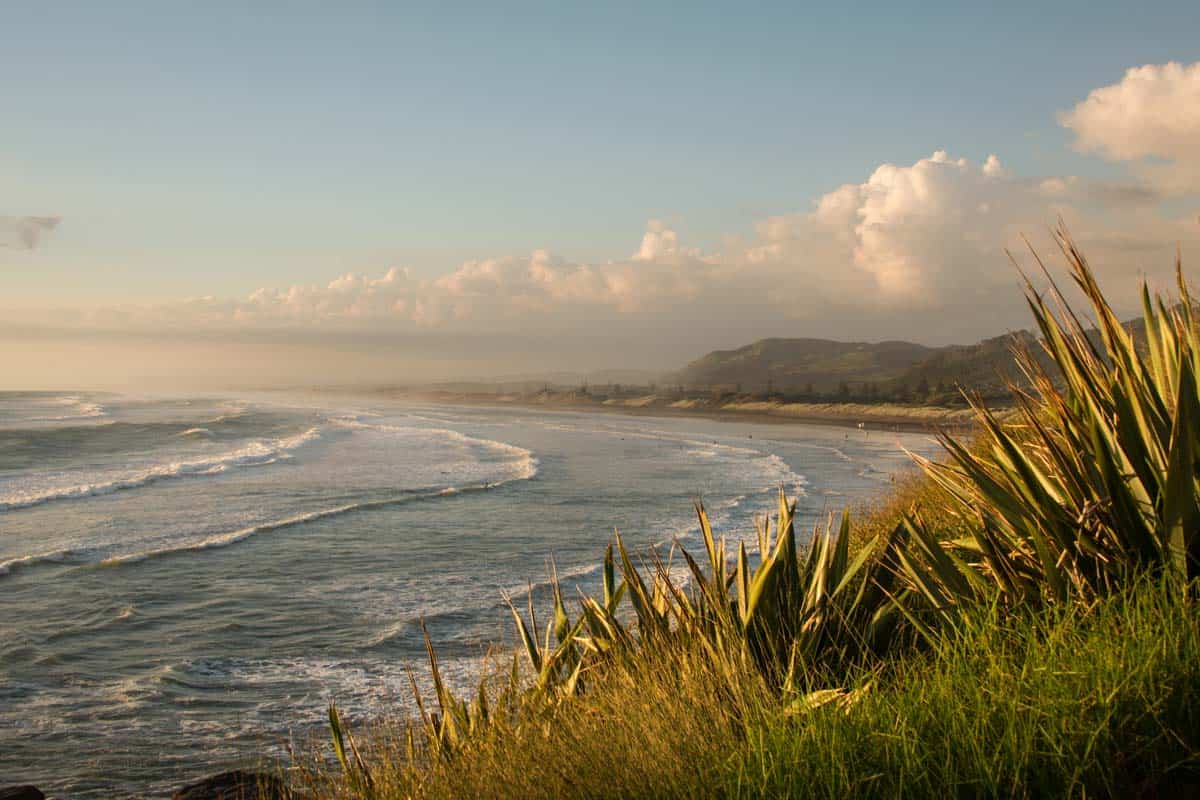By Gavin McCleave, science communications intern
Research by Dr Wendy Saunders and Lucy Kaiser explores how iwi and hapū in the Bay of Plenty prepare and use iwi and hapū management plans (IHMPs), and how well councils and third parties use the IHMPs during planning processes. Their research looked at the extent to which natural hazards and climate change are considered during IHMP preparation. They provide recommendations on how to ensure IHMPs are accurately representative of iwi and hapū members views, how iwi and hapū relationships with councils can be enhanced by IHMPs, and how IHMPs can be used when making planning decisions.
IHMPs are a readily accessible way for council decision-makers, planners and staff to learn the planning priorities and aspirations of local iwi and hapū.
The research found that iwi and hapū highly valued their IHMPs as a description of development priorities and objectives that their members have agreed. The agreed mātauranga embedded in IHMPs helps steer decision making by iwi and hapū leadership and members. Iwi and hapū also see IHMPs as an essential tool to influence and engage with local government decision making.
While some of the councils contacted by the researchers are very proactive in using IHMPs, for others, the usage or perceived value of IHMPs could be increased. The researchers identify ways that councils can help ensure that their decision-makers and staff consult IHMPs before making planning decisions or advising the public on development consents. The researchers also provide recommendations on how councils can help iwi and hapū develop robust, representative IHMPs by, for example, providing funding support or technical expertise and sharing all their available information on relevant natural hazards and climate change issues.
As a result of these recommendations, researchers, planners, and many central government agencies are more aware of IHMPs, and the important role they play. This has been reflected in the inclusion of them in the many new strategies and policies, such as Arotakenga Huringa Āhuarangi – A Framework for the National Climate Change Risk Assessment for Aotearoa New Zealand.




